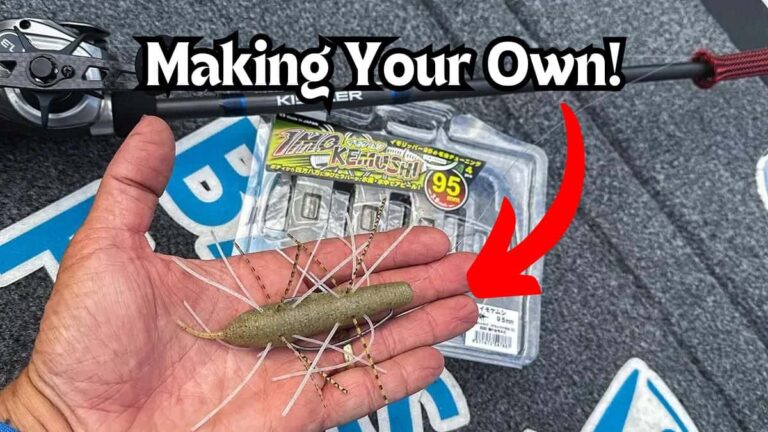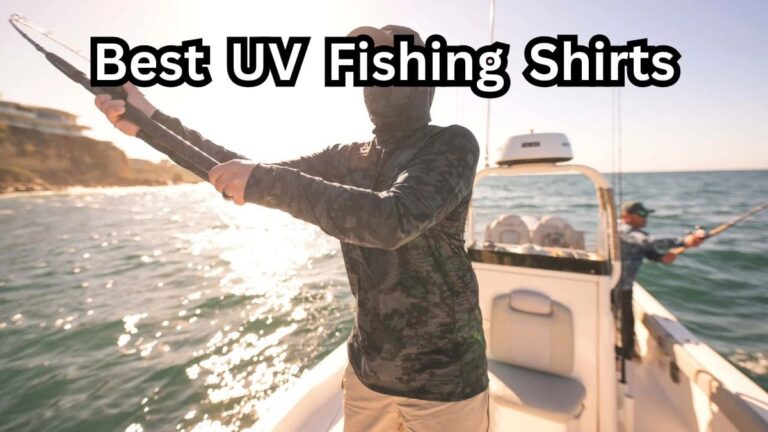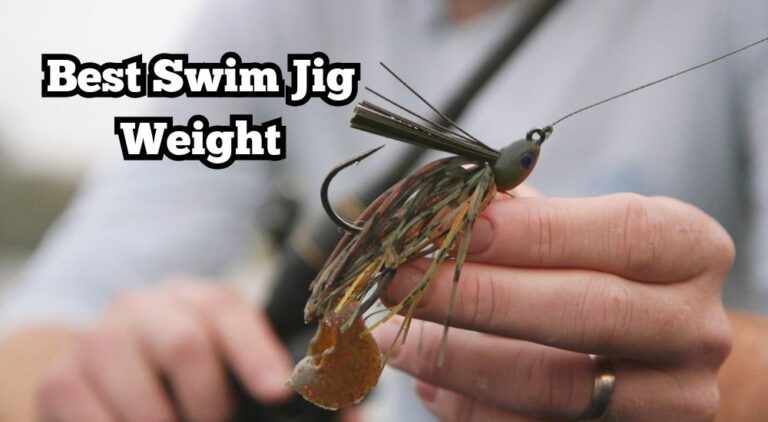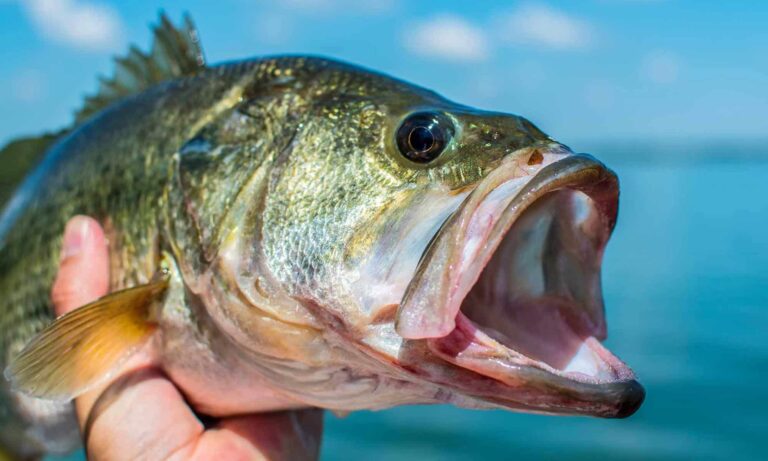How to Catch 20% More Fish on Hard Baits
How to Catch 20% More Fish on Hard Baits
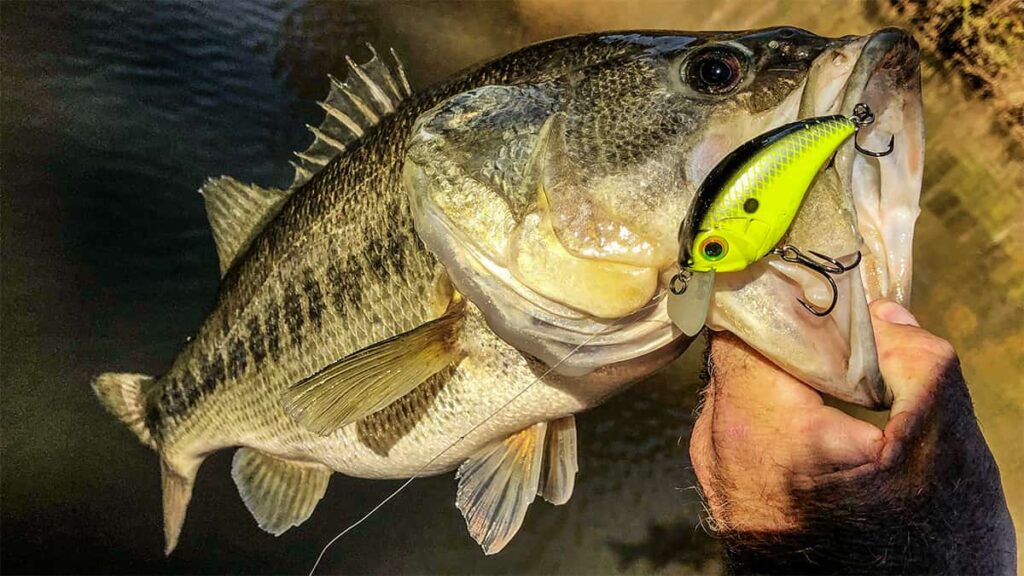
Us anglers are constantly trying to find little tips and tricks that can catch us a few more fish.
One of my all time favorite of these is a simple modification that I make to my hard baits.
It takes about 30 seconds, and will certainly catch you more fish.
Standard Hard Bait Before Modification
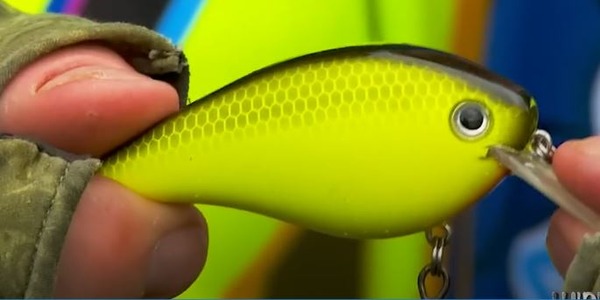
Above is a standard hard bait. This particular bait is a chartreuse colored squarebill crankbait.
Now there is nothing inherently wrong with this bait, but if you notice, nothing about it really catches your eye.
It has a very consistent color pattern all throughout it’s body.
And even hard baits that have specific bluegill, shad, or baby bass patterns don’t really draw the bass or other sport fish’s vision to one specific area.
The Modification

A quick modification can make a big difference and help bass hone in on the bait a bit better.
All you do is take a marker and add a medium sized, round dot on the body of the hard bait.
Ideally, you should place this dot towards the front of the lure, usually at or just behind where the gills would be located.
The two best colors to use are black and red. Black typically works the best because it very highly contrasts the body of the lure and stands out super clearly.
But red also works well because bass seem to love eating the color red, and natural baitfish do have red on the inside of their gills.
But black is my confidence color for this and is what I use 90% of the time.

What this Added Dot Does:
The highly visible dot at the front of the bait creates a target point for the fish you are trying to catch.
As the fish close in on your lure, they will target that dot and will eat the bait towards the front, creating a very high hook up percentage.
Sometimes, fish have a tendency to slap at lures, or just flat out miss the bait if they don’t have a clear target to hone in on.
Notice how in the above image, your eyes are naturally drawn to the black dot on the side of the crankbait.
And look at what is directly below that dot. The treble hook. Fish will now have a tendency to focus on that dot, and in turn that front treble hook when the are attacking.
Examples in Nature
There are many fish species that have natural black dots on their own body.
However, these fish usually have the dot at the very end of their bodies, near or on their tail.
Think of peacock bass, red drum, and bowfin. These are just a few species that have a tail spot.
Since their spot is on or near the tail, predatory fish species will often aim at their tails instead of their head or body.
This allows makes them much harder to eat and helps them get away a lot.
So essentially, by adding a black dot to your hard baits, you are doing the exact opposite of avoiding predators.
And you are making it much easier for fish to hone it on and eat your lures.
When to Add the Dot
My favorite times to modify my lures like this is when visibility is a bit lower in the water.
Muddy or stained water make it harder for fish to see, and it becomes more important that they can clearly target your lures and get hooked.
But I also do this a lot when fishing around grass. As fish dart in and out of the grass, their vision gets disrupted and it makes a huge difference adding that dot.
The last situation is when I am fishing overcast days. This is essentially the same principle as stained water.
Visibility is reduced, so giving the fish a clear target point makes their hunting job easier, and catches you more fish.
Reeling this In
A simple yet effective modification to your hard baits can significantly enhance your fishing success.
By adding a contrasting black or red dot towards the front of your lure, you create a clear target point for fish to hone in on, increasing your hook-up rate.
This quick adjustment, which mimics natural baitfish patterns, is particularly beneficial in low-visibility conditions such as muddy water, grassy areas, or overcast days.
By making it easier for fish to locate and strike your lure, this easy tweak can lead to more catches and a more rewarding angling experience.
This is just one of the little hacks that make the sharpie one of the most underrated fishing accessories.


